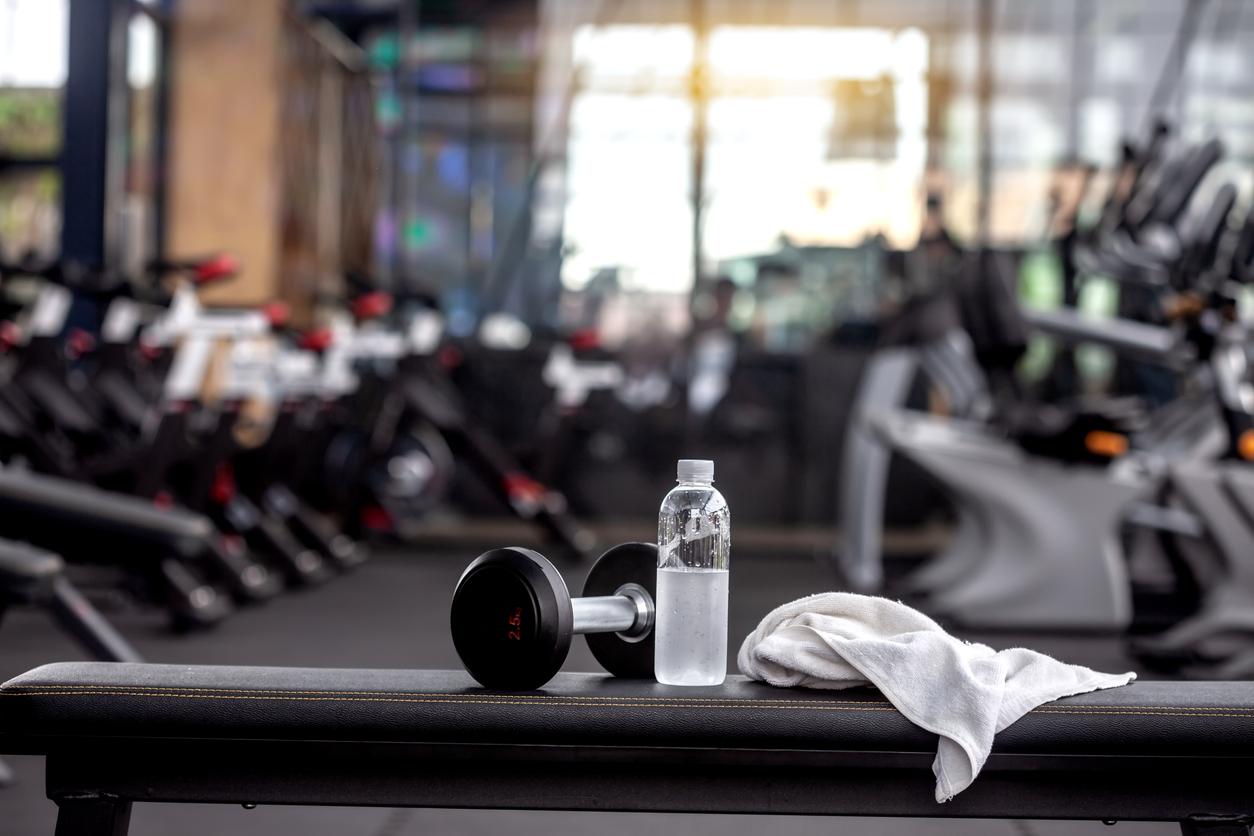
Minimal effort, maximum result?
Who doesn’t dream of it? Minimal effort, yet maximum results. Ten minutes on a cardio machine at the gym will help us get that slim figure. Ten sit ups and that flat stomach is a fact again. Not so! Unfortunately that’s not how it works. Here’s the truth about the six most common gym myths.
Many people stick to the stories below, because of the urge for a quick result. But they are not myths for nothing.
1. You can see exactly how many calories you are burning on the cardio machine.
It would be nice if a device could indicate that, but most are not precise enough. The amount calories the amount you burn depends on your gender, height, weight and body composition. For example, muscle consumes more calories than body fat.
No device takes all these aspects into account. For example, a man with 18 percent body fat will burn more than a woman with 35 percent body fat. Some machines indicate exactly the same calorie burn for these two people.
2. Women should not do strength training, that makes them too big and wide.
A lot has to happen before a woman grows big and wide because of a weight training. The muscles then really have to be stimulated excessively. Women have too much estrogen (the female sex hormone) to develop the figure of a bodybuilder just like that. In men this is easier due to the presence of the hormone testosterone.
Strength training is very important and healthy, also for women. It reduces the amount of body fat, it increases muscle mass and therefore you burn calories more efficiently. It is, however, of great importance to combine strength training with cardio workout. You can have fantastic abs, but as long as there is a layer of fat over them, they remain invisible.
3. Heart rate monitors show how hard you are working.
No tech is better at determining how hard you are working during exercise than the body itself. One’s own perception of exhaustion is much more reliable than a heart rate monitor. Although your own perception changes over time, it is still a better measure than your heart rate. For example, the heart rate strongly depends on the type of exercise.
The talk test is an example of a way in which you can see for yourself how hard you are working. Are you still able to pronounce full sentences, do you stick to short sentences or do you no longer manage to use your words? Recognizing fatigue and exertion signals from your body will also give you better control over your exertion.
A heart rate monitor is therefore not necessary for good training, but can be a useful tool to monitor the intensity of the training.
4. Weight is the best barometer for success.
Many people see weight loss as the ultimate goal of their gym activities. They do their workouts well and step on the scale every week in good spirits. But exercising doesn’t always lead to weight loss. Sometimes people gain weight because muscles are ‘heavier’ than fat.
However, no weight loss does not mean that exercise has no effect. The body is indeed healthier. Unfortunately, many people don’t realize that. As a result, they lose motivation and give up.
5. If you train at a low intensity, you will burn more fat.
Training at a low intensity certainly has its advantages, for example it is less taxing on the joints. The myth states that if you train at a high intensity you will burn carbohydrates instead of fat.
There is some truth to this myth, but it is not entirely correct. With more intensive effort you burn relatively more carbohydrates than fat. This means that you burn a higher percentage of fat at low exercise and a higher percentage of carbohydrates at high exercise.
However, you burn a lot more calories with high exercise. And that ultimately determines how much fat you lose.
6. Pain is necessary for a good result.
A feeling of discomfort during training is not bad at all, you should challenge yourself a bit. However, a feeling of pain is not okay. If a workout is so intense that you feel like you’re going to pass out and can’t last much longer, you’re training too hard. That increases the chance of injuries or a burn out.
















